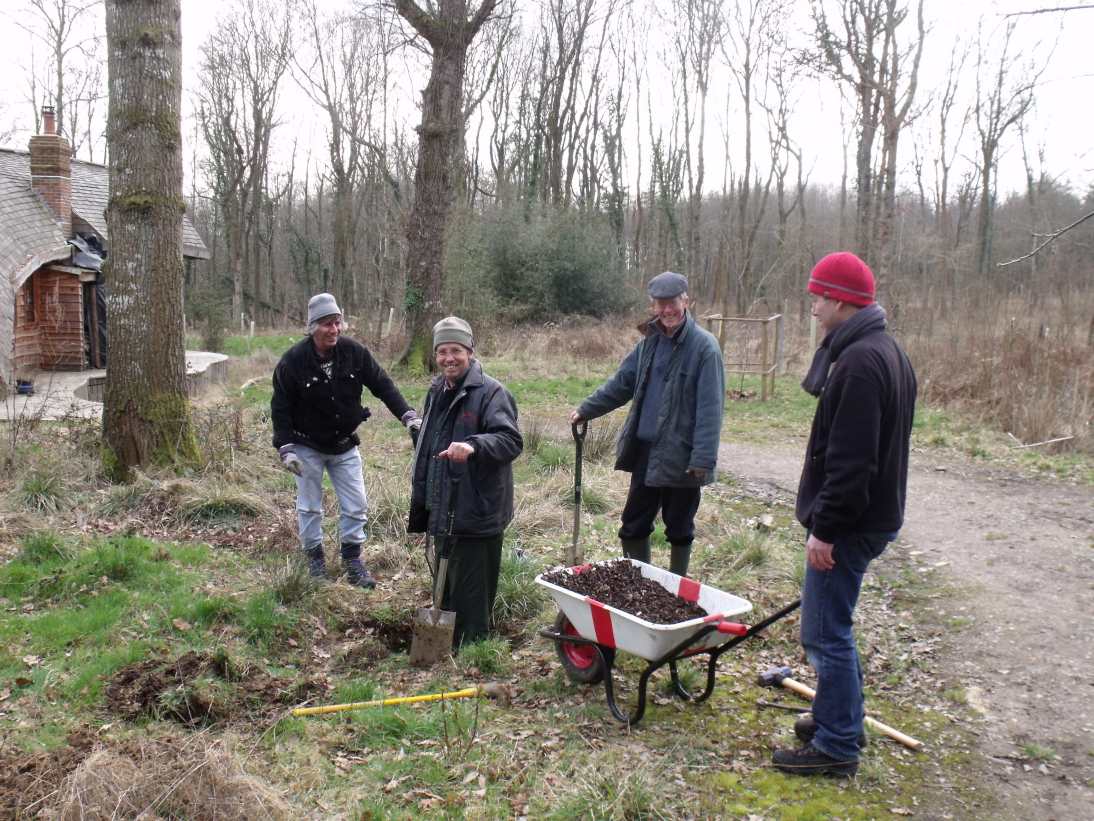Everyday life these days can be uncertain and unsettling for anyone, and getting older may just seem to make that worse. It may feel tempting to settle into your rut, retreat into safety. In fact, you’re likely to be more happy and resilient if you open up to fresh adventures.

Born to be wild: Fresh Adventures
I don’t mean the kind of teenage lads’ adventure where you nearly kill yourself. This is about trying something new, being someone new, having the courage to explore the unknown, both in yourself and around you. It’s by exploring the new, even if it feels a bit risky, that you’ll find fresh talents in yourself, make new friends, discover more insights.
Bucket lists seem popular these days: forty things to do before you die. They often include exotic physical adventures like sky-diving in Patagonia. I don’t advocate this kind of jaunt: it’s a lot of money, a massive carbon footprint, and is it really helping you grow?
There three types of adventure explored in this chapter: inner, outer, and social. Here are a couple of ways you can check out the kind of adventures that suit you:
- Do you have a sense of who you’d like to become, how you’d like to develop in the next few years?
- Is there a long-standing hope or dream from your youth that you might fulfil now?
- Do you have an interest or talent that you’ve never used, which you might develop at last?
- Can you identify an activity, person or place that you’re a bit nervous about, but might be a fruitful adventure for you?
Adventures can have all kinds of aims. They can be about clearing old fears, resolving a conflict, or putting you in touch with a whole new side of yourself. Many of the chapters in Parts 2 and 3 of this book could show you the opening to your next adventure.
Inner Adventures
I’m using this term to mean ways you can explore new aspects of yourself, discover new strengths, and work on parts of yourself that you find difficult. These kind of adventures won’t cost money, and you can do them almost anywhere.
If you were preparing for a physical adventure, like a mountain trek, you’d prepare: you’d get the right maps and gear, you’d get fit, you’d have a plan of how to get to your destination, and back again. All of this has parallels for inner adventures: they need planning, provisions, and fitness too.
For inner adventures, this means starting with small, easy goals, and then building up. Here are a few examples to show you what an inner adventure might look like:
- Try some music, books, or a movie, that’s unlike any you’ve tried before. Maybe pick a category at random, like steam punk…
Remember that the nature of true adventures is that you can’t control them, they’ll take you somewhere different, you can’t be sure of the outcomes. So let go of any expectations about where you get to with all of this!
Outer adventures
These can include physical activities from the gentlest, like water colours or origami, to the most strenuous. Try to be clear why you’re choosing something: be wary if it’s just about impressing people, copying others, ticking a box.
The most satisfying outer adventures are probably those which stretch you gently, and in several ways: not just physical fitness, but also emotional resilience, mental skills and awareness. Getting out in Nature can offer all this, and is a classic way to get new insights and direction when you need them.
There are plenty of physical adventures which are flamboyant, brief and expensive, like bungee jumping. You may get more out of quieter, slower, less expensive activities, such as walking or cycling on a pilgrimage route, or doing a vision quest.

Social adventures
As we get older, there’s a risk that we have fewer friends and personal connections. This may be because people die, fall out with each other, move away, or just simply through retirement. The skills of making and mending friendships become very important in later life, and that’s partly what social adventures are about. If you’re shy and quiet, you need such adventures even more.
Here are some ideas for social adventures:
- Try joining one or two new groups. Pick ones where their focus interests you, but deliberately stretch yourself, see if you can make some new contacts, even if it all feels stressful. The book by Dale Carnegie in Resources may help.
- Experiment with turning an acquaintance into a friendship. For example, invite someone you know a bit to join you for a walk or some other outing. Remember, it’s an adventure: don’t reproach yourself if they turn down the invitation, or your outing feels a bit flat.
Many social adventures are a chance to refine your communication skills (expressing yourself and listening), and your emotional intelligence (empathy and intuition). Some of the Resources for Chapters 2, 3 and 4 can help with this.
